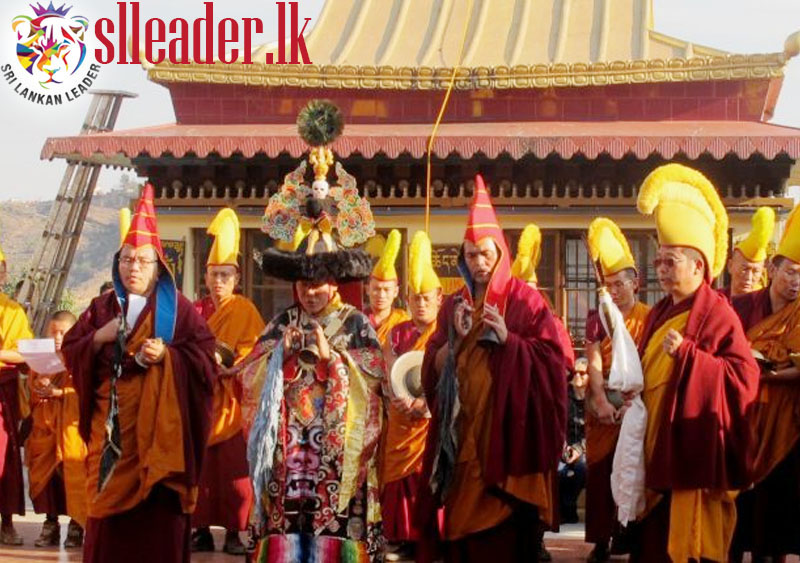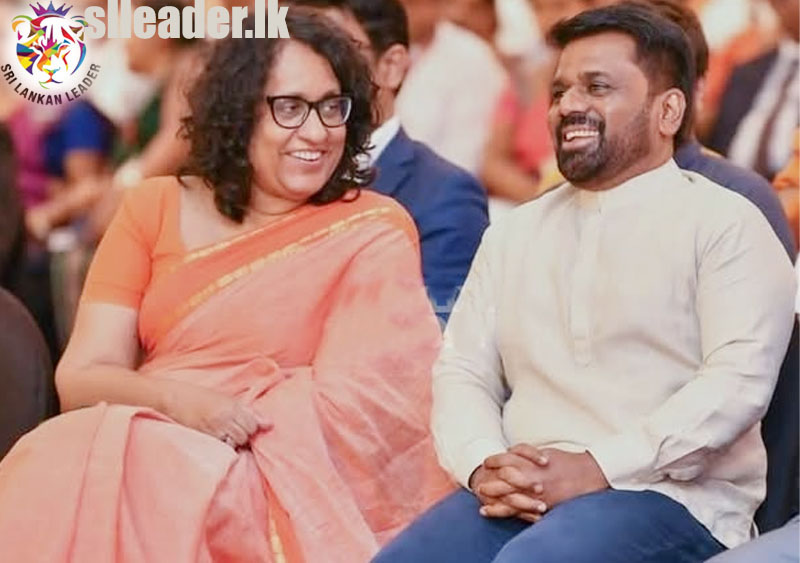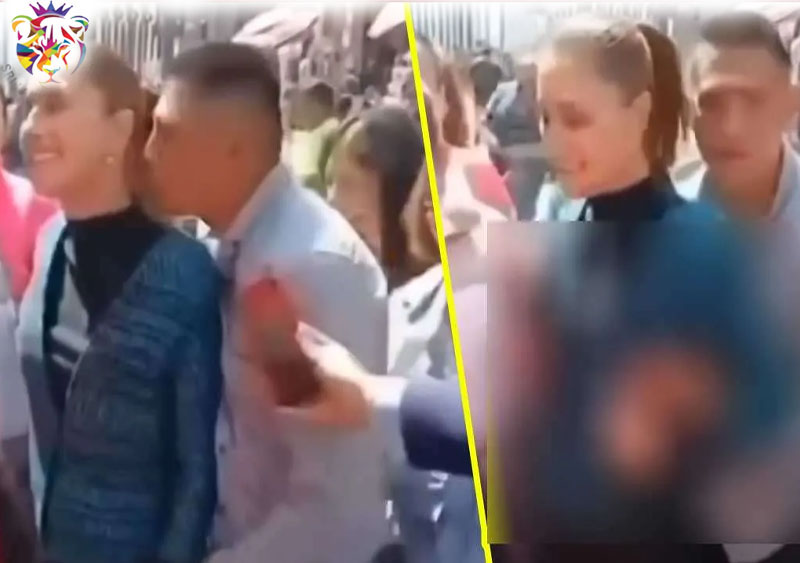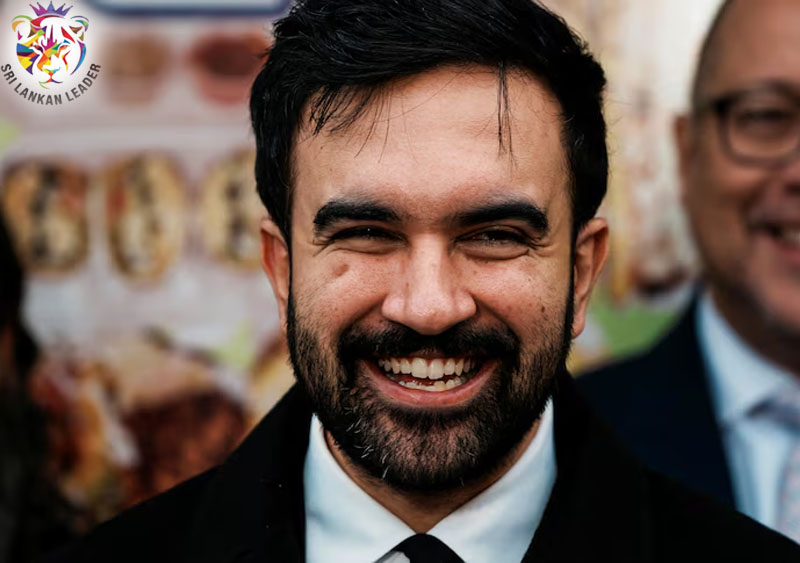Imagine a place where ancient prophecies guide a nation,
where fierce deities offer counsel, and where a single word can shape destiny.
In the heart of Tibetan Buddhism lies such a place: Nechung. More than just a monastery, Nechung refers to a revered monastic institution, a powerful protector deity, and the human medium who serves as Tibet’s chief state oracle. This unique convergence of spiritual authority and political guidance has made Nechung an indispensable pillar of Tibetan life for centuries.
The Oracle’s Whispers:
A Divine Compass for the Dalai Lama
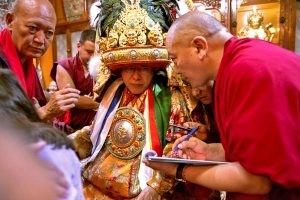
At the very core of Nechung’s mystique is the Oracle itself – a human medium known as a kuten, or “the physical basis”. This individual becomes a direct conduit between the phenomenal world and the subtle spiritual realms, temporarily possessed by a powerful deity to deliver prophetic advice and guidance. For centuries, the Dalai Lama, Tibet’s spiritual and temporal leader, has consistently consulted the Nechung Oracle on critical matters of state, a practice that continues unbroken with the government-in-exile in Dharamsala, India. This isn’t mere fortune-telling; the oracle’s pronouncements are considered vital for “governmental decision-making,” providing “intelligence on pressing matters of state,” and even ensuring “security for the 14th Dalai Lama”.
The ritual of possession is an ancient and intense tradition, with roots tracing back to indigenous Bonpo practices. It involves an elaborate liturgy, including fanfare, ritual dance, precise mudra (symbolic hand gestures), and powerful mantra (sacred sounds) to invoke the Oracle. During the trance, the deity forcefully projects its mindstream into the kuten, a process so demanding that the medium often requires a prolonged period of convalescence to recover. This profound personal sacrifice underscores the immense spiritual discipline and physical endurance required for such a sacred role.
A Monastery of Mysticism: Where Art Meets the Divine
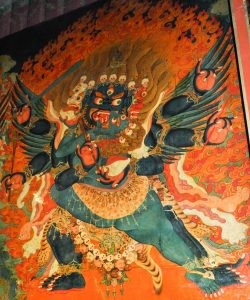
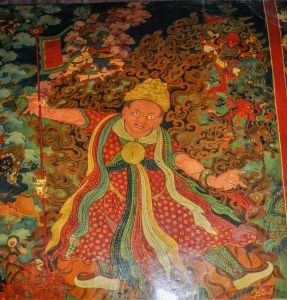
The physical manifestation of Nechung is its monastery, historically nestled on the outskirts of Lhasa, Tibet, and now re-established in Dharamsala, India. This monastic complex is far more than just a collection of buildings; it is described as a “cosmic realm”. Every structure, from its murals depicting past masters and tantric divinities to the less obvious paintings of serpent spirits and dragons coiled around pillars, is meticulously mapped with an entire world and lineal history.
Entering the monastery’s courtyard, visitors are surrounded by an extensive gallery of murals depicting nearly 200 distinct worldly deities and local spirits, all part of the vast retinue of Pehar, the primary protector deity. These murals feature graphic and striking details, such as borders of hanging human and demon skins and an ocean of blood where human body parts float. While seemingly horrific, these artworks are not for shock value. They serve as powerful tools to aid practitioners on the path to enlightenment, with the monastery’s terrifying character explicitly linked to its tantric origins.
The architectural progression within the monastery itself is designed as a cosmic journey, guiding the visitor from the fringes of Pehar’s entourage into the direct presence of the Five Sovereign Spirits and, ultimately, Pehar himself in all his ferocious glory.
Guardians of the Dharma: Pehar Gyalpo and Dorjé Drakden
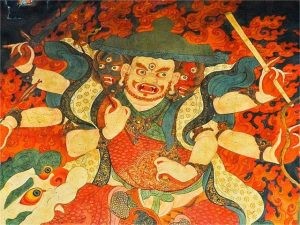
Behind the oracle’s pronouncements stands a powerful protector deity, primarily Dorjé Drakden, often known as Nechung Chogyong, who serves as the chief minister within the formidable retinue of Pehar Gyalpo. While “Nechung deity” can sometimes refer to the older figure Pehar, it more commonly denotes his fierce ministerial emanation, Dorjé Drakden.
Pehar’s mythic pedigree is ancient, tracing back to the 8th century and the foundational Samyé Monastery. Legend tells of Pehar, originally from the north-western region of Bata Hor, being subjugated by the revered tantric master Padmasambhava. This subjugation was not an act of destruction, but a binding by a sacred oath, compelling Pehar to become the head of all Buddhist protective spirits. Subsequently, Pehar, particularly through Dorje Drakden, became the principal protector of the Dalai Lamas, manifesting through the Nechung Oracle to fulfill his oath.
Visually, Nechung Chogyong (Dorjé Drakden) is depicted as a wrathful, red-colored male figure with one face and two arms, standing in a dynamic warrior posture, adorned with a helmet and flags. He typically holds a spear in his right hand and a lasso in his left, often standing on a prone figure symbolizing his power over obstacles. His distinctive helmet, a heavy circular gold ring adorned with human skull decorations, is uniquely Tibetan and Central Asian in origin.
A Legacy in Exile: Continuity Amidst Adversity
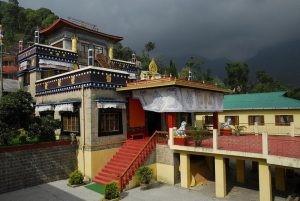
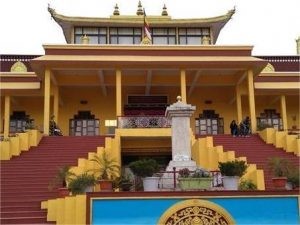
The mid-20th century brought immense tragedy to Tibet. Following the 1949 Chinese invasion, the original Nechung Monastery in Tibet suffered complete destruction. However, the profound importance of Nechung ensured its continuity. Today, the current Nechung Oracle, Thubten Ngodup, continues this vital tradition from the re-established Nechung Monastery in Dharamsala, India, ensuring that this spiritual lifeline for the Tibetan people remains unbroken.
While the partially-reconstructed monastery in Tibet reportedly houses only a handful of monks who face severe limitations under Chinese rule, the re-establishment of Nechung in Dharamsala underscores its enduring significance for the Tibetan diaspora. It signifies an unwavering commitment to preserving core Tibetan spiritual and governmental traditions, highlighting the adaptability of spiritual authority and its ability to transcend physical location.
Beyond the Veil: Understanding Oracles and Terminology
Oracles, or kuten, are an integral part of Tibetan spiritual life, serving not just to foretell the future but also as protectors, healers, and sources of guidance. Their primary function is to safeguard the Buddha Dharma and its practitioners.
It’s important to note that “Nechung” is a distinct Tibetan term (Gnas chung) and should not be confused with Sanskrit terms like “Nicina” or “Nīcīna”. These Sanskrit terms are primarily defined within Hinduism and mean “being low or below, downwards,” with no direct Buddhist meaning related to the Tibetan Nechung. Similarly, concepts from other Buddhist traditions like Japanese Nichiren Buddhism or Pure Land Nianfo practices are entirely unrelated to the Tibetan Nechung. This distinction highlights the vast and rich diversity within the broader umbrella of Buddhism.
The Enduring Legacy
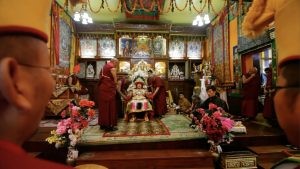
Nechung stands as a powerful symbol of Tibetan resilience, cultural continuity, and the profound integration of spiritual and temporal authority within their unique cultural identity. From its mythologized origins and strategic institutionalization by the 5th Dalai Lama to its remarkable re-establishment in exile, Nechung’s story illustrates that religious institutions are dynamic entities that continuously evolve and adapt. It remains a living tradition, providing a crucial anchor for a displaced people and symbolizing their enduring aspirations for self-determination and the preservation of their unique heritage.
@Dr Damenda Porage
© SATIPATTHANA MAGAZINE



